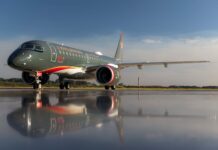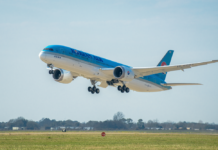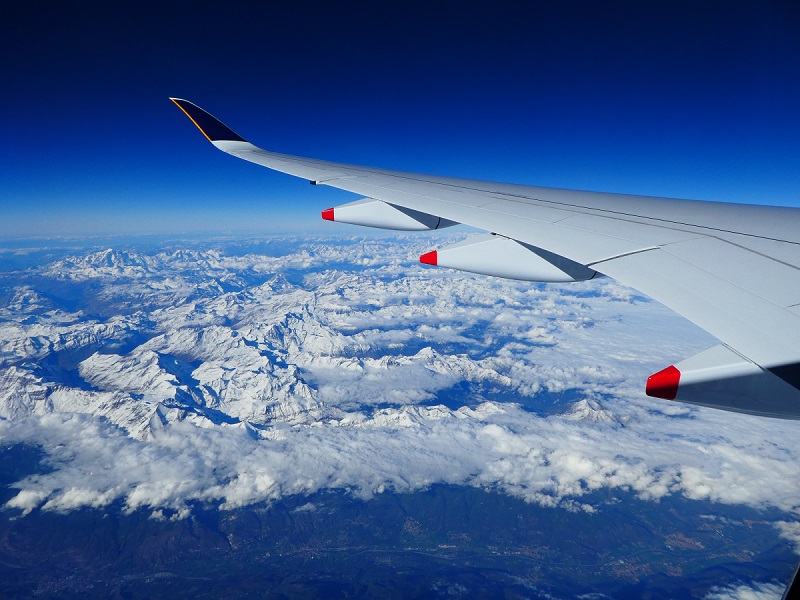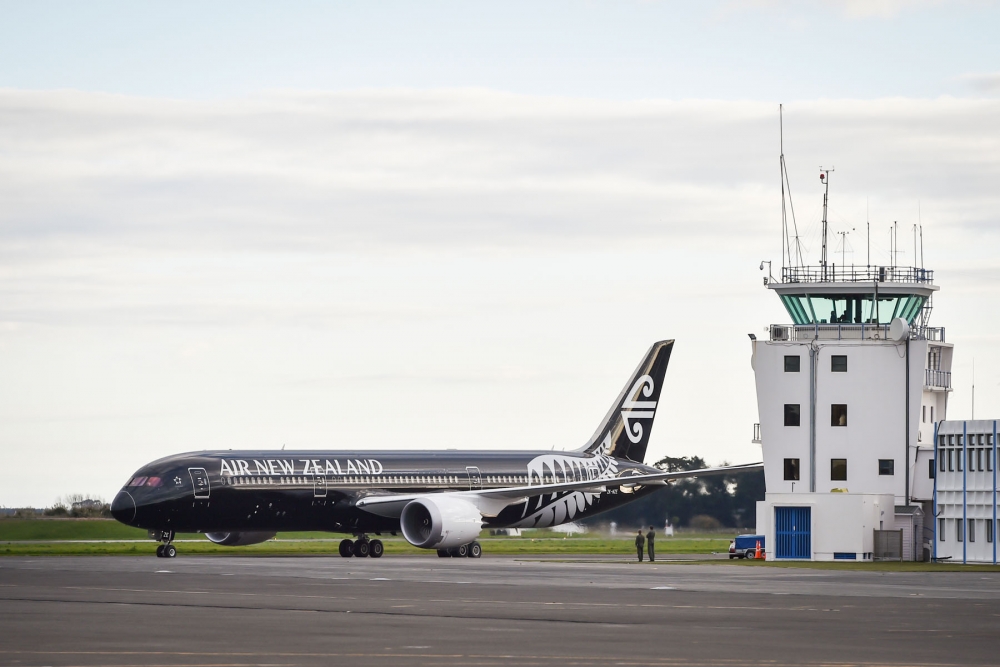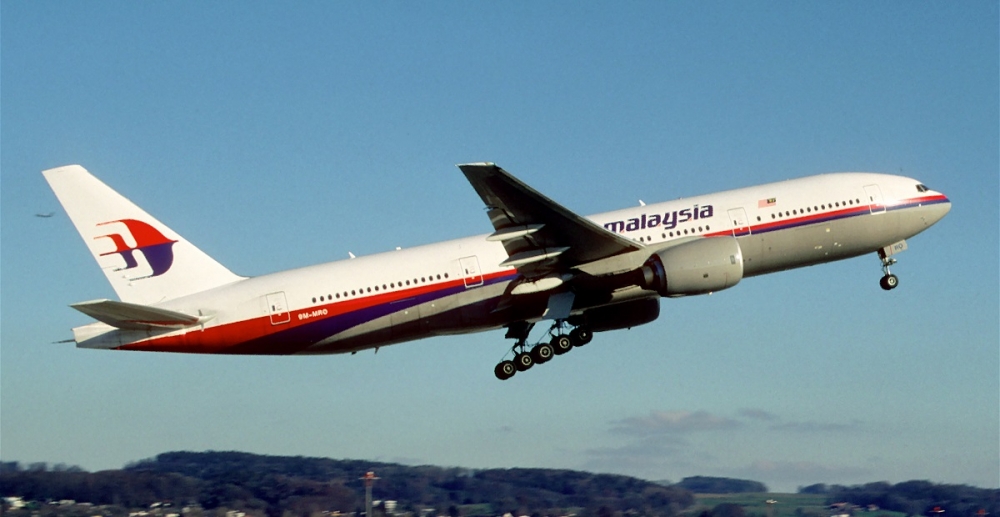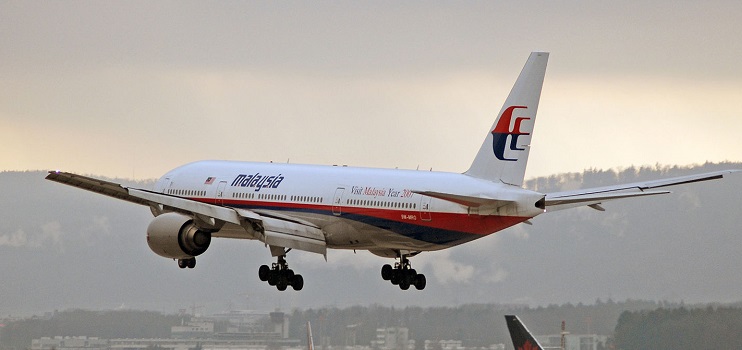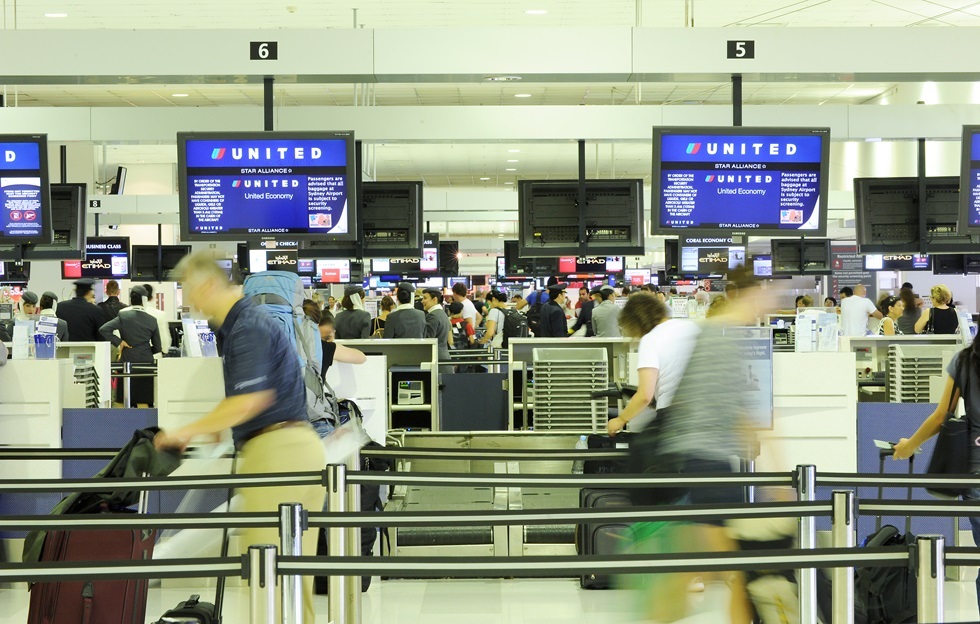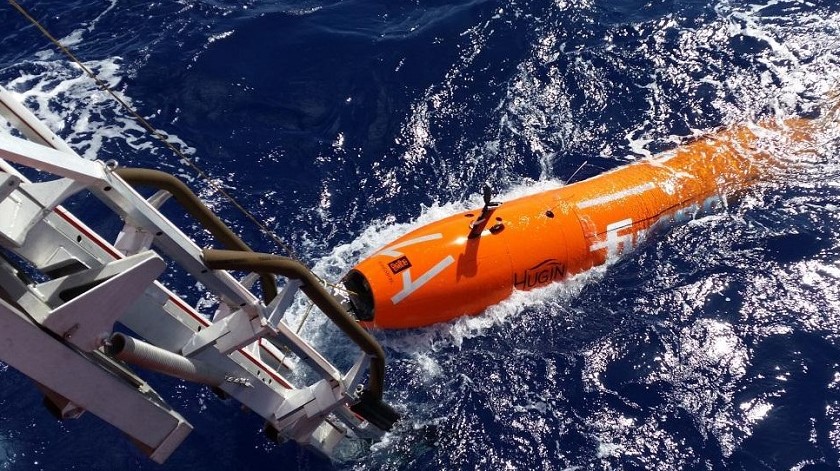The MAX 9 is the second version of the new, more fuel-efficient versions of the 737 to roll off the production line and is designed to carry up to 220 passengers with a range of 3,515 nautical miles (5837kms).
The rollout comes as the smaller MAX 8 is due to enter service in the second quarter of this year with the MAX 9 to follow next year.
Boeing said the second aircraft would begin system checks, fueling and engine runs on the flight line before entering flight tests in the coming weeks.
"The 737 MAX team continues to do a fantastic job getting us to these important milestones right on schedule," Keith Leverkuhn, vice president and general manager of the 737 MAX program, Boeing Commercial Airplanes said in a statement. "Our primary focus is delivering an aircraft that has the legendary reliability our 737 customers depend on, plus the optimized flexibility and range capability they desire."
The extended range of the MAX’s mean they can be operated on trans-Atlantic flights, opening up new possibilities for airlines.
Norwegian Airlines, which has bought 108 MAX 8s, will start flying the 186-seat aircraft from Ireland to new US destinations, including Providence, Rhode Island, and Stewart International Airport, about 100 kilometres north of New York City, this year.
But Boeing is being beaten in terms of sales at the bigger end of the single-aisle market by Airbus’s A321 neo, which can fly 3699 nautical miles (6850kms) with sharklets, seats up to 236 passengers and will be used by Norwegian to open up new routes between major European cities and the US in 2019.
Analysts estimates sales of the A321 neo are at least three times those of the 787-9 MAX.
Enter the MAX 10X.
Boeing Commercial Airplanes marketing president Randy Tinseth confirmed on his blog this week that Boeing was actively engaged with airlines about the 737 MAX 10X and had already extended business offers to some customers.
He said the aircraft, which would use the CFM LEAP-IB engines also used by the MAX 9, would be the most profitable single-aisle aircraft the industry had ever seen.
“Compared to the A321neo, the MAX 10X would offer the same capacity, lower costs (5 percent lower per seat and 5 percent lower per trip) and more range,’’ he said.
“This would be a relatively minor development program. The MAX 10X would follow the MAX 200 and MAX 7, with entry into service in the 2020 time frame.”
Also rolling out Tuesday was Embraer's E195-E2 regional airliner, expected to enter service in the first half of 2019.
The E195-E2 has three additional rows of seats compared to current E195s and can carry 120 passengers a two -class configuration or up to 146 in a single class.
The Brazilian manufacturer says It can fly 450 nautical miles (833km) further than its predecessor on trips of up to 2,450 nautical miles 4537km).
“The E195-E2 has the potential to significantly change the fleet profile of airlines around the world,’’ said Embraer Commercial Aviation chief executive John Slattery. “With a 20 per cent lower cost per trip and a cost per seat similar to larger aircraft, the E195-E2 becomes the ideal aircraft for regional business growth as well as low-cost business plans and complementing existing mainline fleets.”
The E2 program has 275 firm orders with 415 options and purchase rights.
Embraer will use two aircraft for the certification program, one for aerodynamic and performance tests and the other to validate maintenance tasks and the interior.


